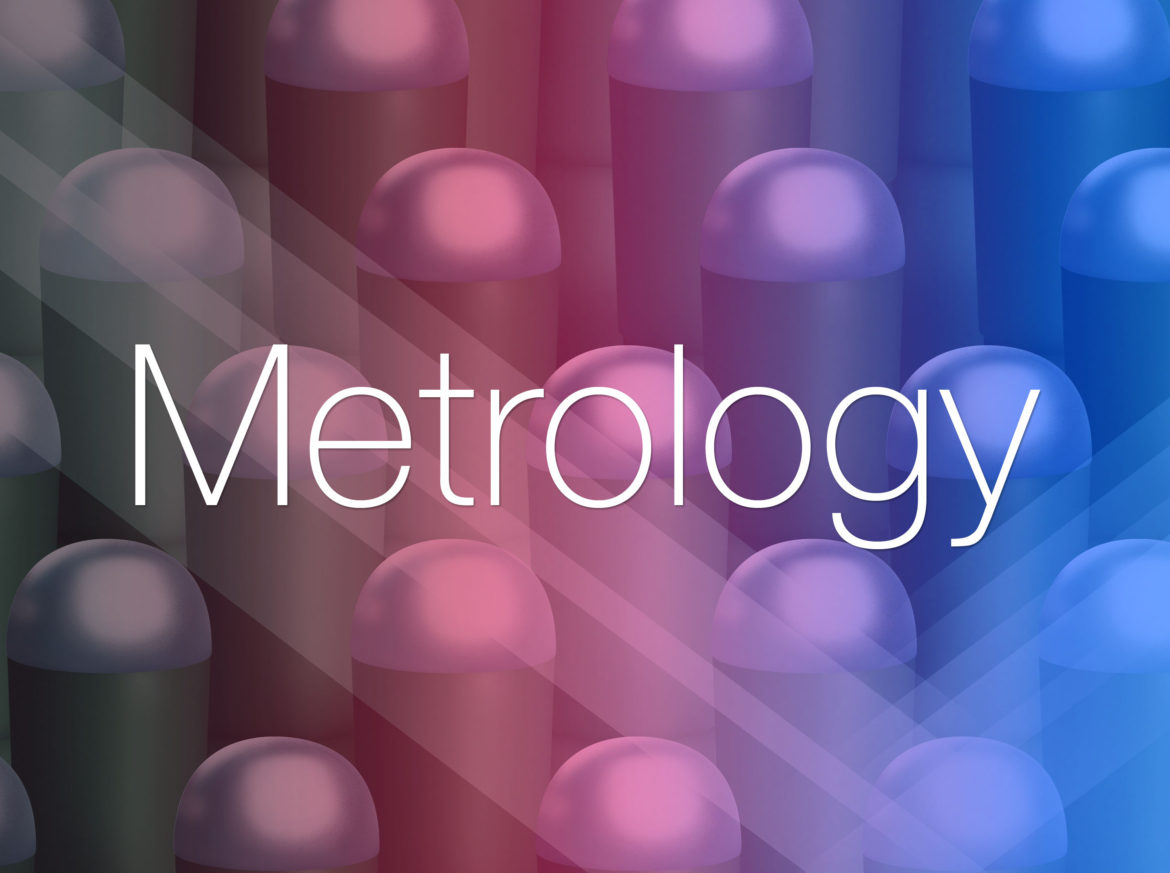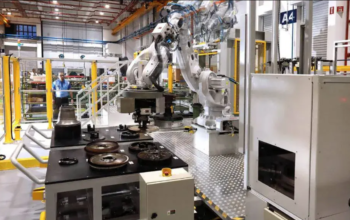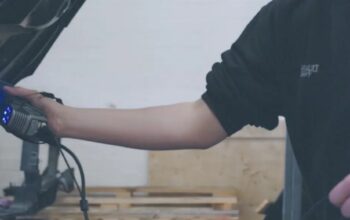Augmented reality (AR) means adding objects, animations, or information, that don’t really exist, to the real world. The idea is that the real world is augmented (or overlaid) with computer-generated material—ideally for some useful purpose.
Augmented reality has been around for about 30 years. But it’s only during the last five years or so that it has been widely used on mobile devices. If you have wondered why your new iPhone 12 has a LiDAR depth sensor, the answer is, in part, for augmented reality. Almost all modern phones now have depth sensors for AR. LiDAR makes depth sensing more accurate.
Unlike virtual reality (VR), AR on mobiles requires no special equipment. There’s no need for headsets or handheld devices. All you need is your mobile phone.
More than fun and games
Although games are probably the most notable use of AR on mobiles (Pokémon Go is a good example), there are business and training applications as well. Perhaps the simplest AR business application is labeling real-world objects. Google Maps, for example, recently launched Live View, adding real-world labeling of objects and directions via the mobile phone’s camera. Real-world objects, when viewed through the mobile phone, can show added text, objects, or 3D animations. Live View has all of these.
In the quality arena, rather than creating an ISO 9001 manual that is written, then filed away and never looked at, procedures can be displayed using AR exactly where they are used and needed. Onsite tech support is using AR to overlay work instructions and exploded diagrams over equipment.
Interactive AR for training
Taking AR one step further is the ability to physically interact with the virtual world. The interaction may involve your actual hand interacting with virtual objects, which is pretty difficult to do, or using a virtual hand and fingers, controlled by the mobile. Although the former is possible, reliability is an issue, particularly when parts of the hand are out of view. Currently, the latter gives a better user experience.
My company’s interest is in new technology for online quality training. And the key to great training is interactivity. If a learner is engaged in activities, he or she will have a better learning experience than just reading or listening. The issue for online interactive training is how to interact with objects that don’t exist and creating training that makes sense for that type of application.
Most of the computer or mobile-based quality training applications we have developed during the past decade are far better suited to the standard interactive 3D found on mobile devices and PCs. Most don’t need to blend in real-world scenes. However, one application that is better suited to AR is W. Edward Deming’s Red Bead Experiment.
The purpose of the experiment is to illustrate the effects of bad management. Most workers want to do their best but are limited by the system. Poor managers focus on production targets.
In the experiment, the target is to produce a maximum number of white beads from a bowl containing white beads contaminated with a small number of red beads (representing faulty product). This is done by scooping beads out of the bowl using a special paddle. Workers are blamed or rewarded, depending on how many white beads they produce, despite their having no control over the results. There will always be workers who appear to be performing better than others, but ranking of workers will vary from period to period.
Instead of using actual beads and containers, we use virtual ones. The operator is given heads-up virtual guidance on where to move the phone. An arm brings a paddle into view. The paddle is inserted into the bowl of virtual beads. The paddle can be moved and the beads mixed by simply moving the phone. Lifting the phone removes the paddle from the bowl, along with the beads. It then counts the number of red beads in the paddle and enters them into a data table.
https://www.youtube.com/embed/iQXepquyL5Y
The user follows the red arrows on the screen to place the paddle into the bowl. Moving the phone back and forth mixes the beads. Raising the phone raises the paddle from the bowl and counts the number of red beads.
The experiment may be conducted with a single mobile phone, or remote operators may work collaboratively across a network.
Finally, the data from multiple iterations of scooping beads is used to generate a control chart, showing that all workers are indeed operating within the limitations of the system.
.gif) | .gif) |
Deming suggested that more than 90 percent of variation is caused by the system and is beyond the reach of workers. The primary way to improve is to change the system.
The Red Bead Experiment shows how knowledge of variation is essential for good management.
Deming described these issues in his 14 Points for Management, of which three are relevant here:
10. Eliminate slogans, exhortations, and targets for the workforce.
11. Eliminate numerical quotas for the workforce and numerical goals for management.
12. Remove barriers that rob people of pride of workmanship, and eliminate the annual rating or merit system.
Deming’s Red Bead experiment on mobile phones makes this classic management lesson a conversation piece. The value of using AR for this application is that it can be conducted anywhere, anytime, without preparation or special equipment. Although you can buy physical Red Bead kits, they aren’t something you can just pull out when talking about quality during a business lunch. A mobile app gives an instant and involving demonstration of process variation.
No single mode of training is a panacea. AR adds a new suite of challenges in building effective training. It will add to cutting edge training technology such as interactive 3D learning. The Red Bead Experiment in AR looks fantastic and is quite mesmerizing. It will hopefully help bring back many people to the brilliance of Professor Deming.
ABOUT THE AUTHOR

Anthony D. Burns
Anthony Burns, Ph.D., has a bachelor of engineering and a doctorate in chemical engineering from the University of New South Wales in Sydney, Australia. He has 36 years of experience and his company, MicroMultimedia Pty. Ltd., is responsible for the development of the e-learning quality product Q-Skills and its support tools.









